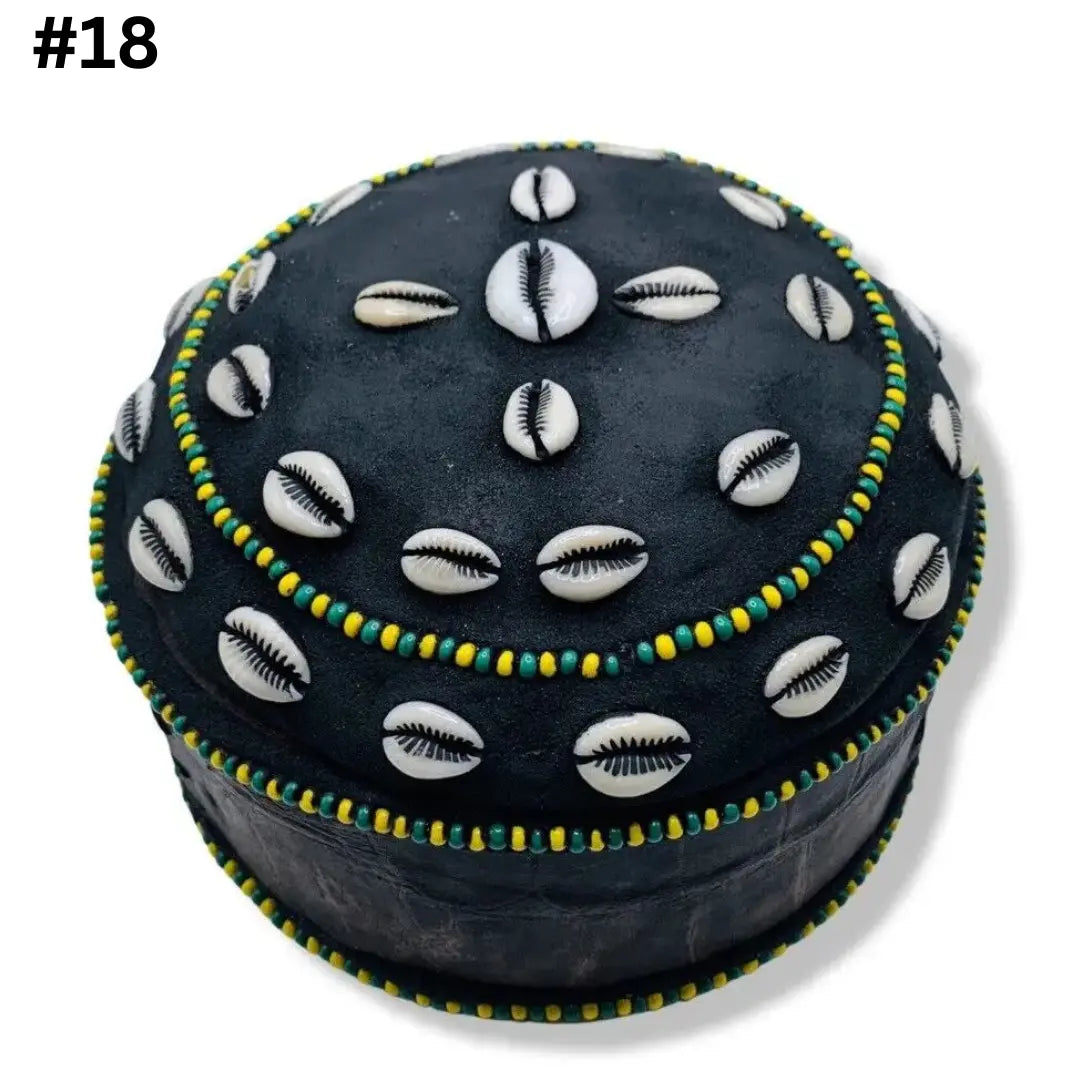Table of Contents
- Introduction to Santeria
- The Origins of Santeria
- Core Beliefs and Practices
- Santeria Rituals and Ceremonies
- Deities in Santeria
- Common Misconceptions
- FAQs about Santeria
- Exploring Santeria's Influence
- Conclusion
Introduction to Santeria
Santeria, a vibrant Afro-Cuban religion, is a fascinating blend of African and Catholic traditions. With its rich history, unique practices, and colorful rituals, Santeria has captured the curiosity of many. This article will delve into the origins, beliefs, rituals, and misconceptions surrounding Santeria, shedding light on its significance and influence.
The Origins of Santeria
Santeria traces its roots back to the African slaves brought to Cuba during the colonial era. These slaves merged their native Yoruba beliefs with Catholicism, creating a syncretic religion that allowed them to practice their spirituality while appearing to embrace Christianity. The resulting fusion of cultures birthed Santeria, also known as Lukumi.
Core Beliefs and Practices
At the heart of Santeria lies a belief in a pantheon of deities, known as Orishas. These divine beings are intermediaries between humans and the supreme god, Olodumare. Practitioners of Santeria seek guidance, protection, and blessings from the Orishas through various rituals and offerings. Divination, possession trance, and animal sacrifice are integral components of these practices.
Santeria Rituals and Ceremonies
Santeria rituals are vibrant and elaborate affairs that blend African and Catholic elements. Initiation ceremonies, where individuals become ordained as priests or priestesses, are particularly significant. These ceremonies involve purifications, offerings, and dedications to specific Orishas. Festivals, dance, music, and the use of sacred objects also play pivotal roles in Santeria ceremonies.
Deities in Santeria
Orishas are central to Santeria's belief system, each representing different aspects of life and nature. For instance, Yemaya is associated with the ocean and motherhood, while Ogun is linked to iron, war, and labor. These deities are revered and invoked for their unique qualities, and practitioners build personal relationships with them.
Common Misconceptions
Misunderstandings about Santeria often stem from its syncretic nature and the misrepresentation of its practices. One common misconception is associating Santeria solely with witchcraft or black magic, which undermines its spiritual essence. Additionally, the role of animal sacrifice is frequently misinterpreted, ignoring its symbolic significance and religious context.
FAQs about Santeria
1. Is Santeria a form of witchcraft?
No, Santeria is a religion that blends Yoruba traditions with Catholicism. It is not focused on witchcraft or dark magic.
2. Do Santeria practitioners only worship Orishas?
Yes, practitioners venerate the Orishas, but they also incorporate Catholic saints into their practices as a way to syncretize their beliefs.
3. What is the significance of animal sacrifice in Santeria?
Animal sacrifice is a symbolic offering to the Orishas, symbolizing gratitude, devotion, and the exchange of energy.
4. Can anyone become a Santeria practitioner?
Yes, individuals from various backgrounds can become practitioners. Initiation involves learning, dedication, and demonstrating a sincere commitment to the religion.
5. Is possession a common occurrence in Santeria rituals?
Yes, possession trance is a fundamental aspect of Santeria rituals. It allows practitioners to connect with the Orishas and receive guidance.
6. Are there any taboos in Santeria?
Yes, certain behaviors and foods are considered taboo based on the Orishas an individual is devoted to. These taboos vary among practitioners.
7. How does Santeria influence art and culture?
Santeria has had a profound impact on Cuban music, dance, and visual arts. Its influence is evident in the vibrant cultural expressions of the Cuban people.
Exploring Santeria's Influence
Beyond its spiritual significance, Santeria has left an indelible mark on Cuban culture and beyond. Its rhythmic beats and vibrant dances have seeped into the realm of music and dance, while its artistic symbols are woven into various forms of visual art. The influence of Santeria resonates deeply within the hearts and lives of those who practice it.
Conclusion
Santeria stands as a testament to the resilience and adaptability of cultures in the face of adversity. This Afro-Cuban religion has preserved its ancient traditions while adapting to new environments, creating a unique tapestry of beliefs and practices. As we've journeyed through its origins, rituals, and misconceptions, we've gained a deeper understanding of the multifaceted world of Santeria.
Keywords
- Santeria origins
- Afro-Cuban religion
- Yoruba beliefs
- Syncretic practices
- Orishas and Catholicism
- Santeria rituals
- Possession trance
- Cuban culture and art
- Santeria influence
- Afro-Cuban spirituality












